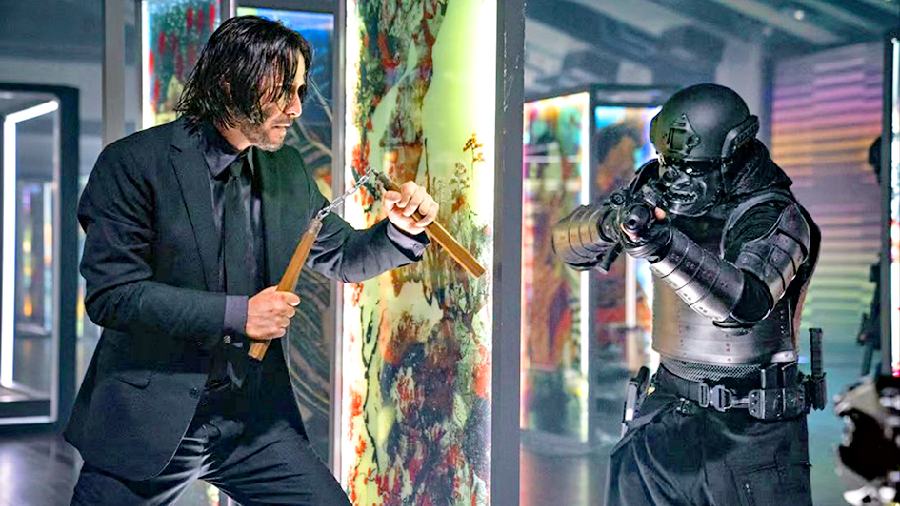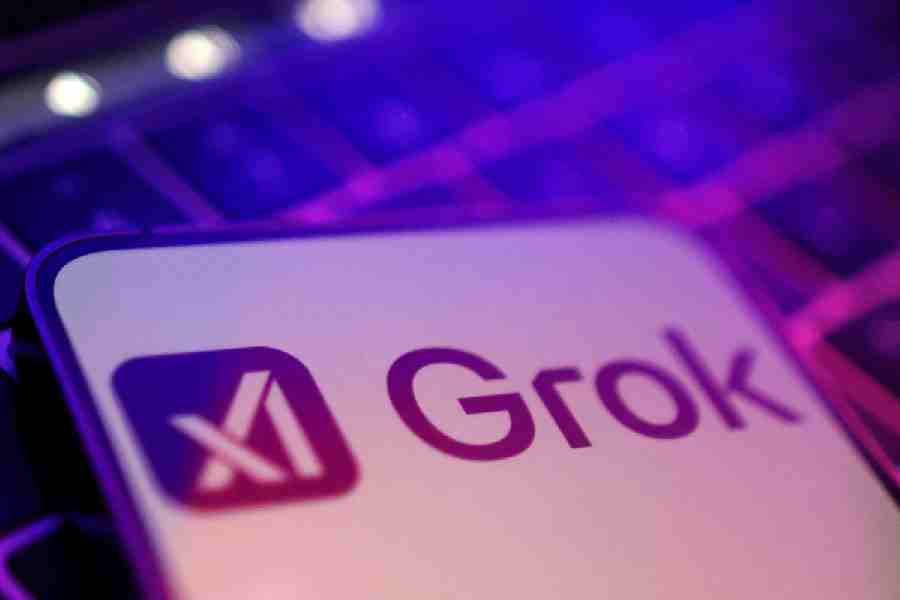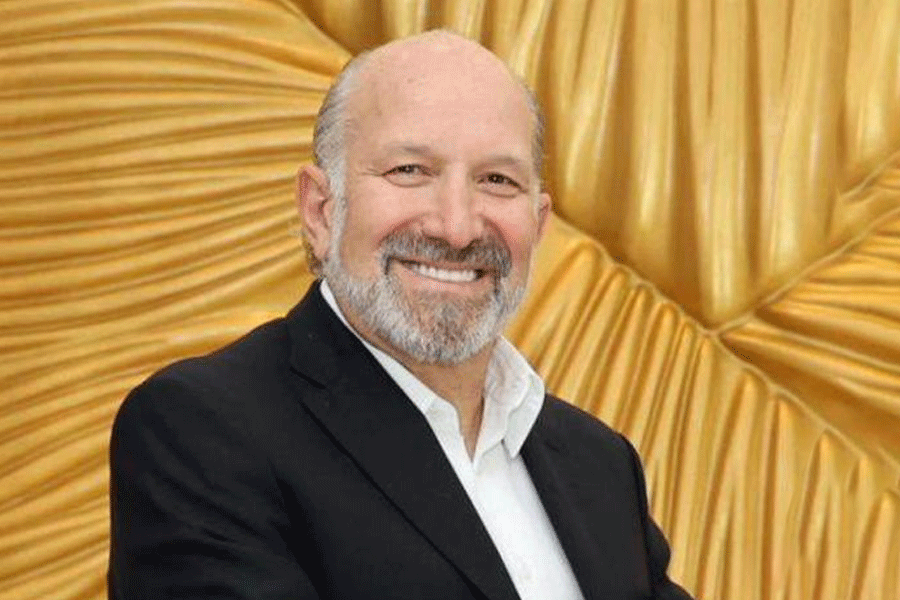A vulgar pleasure of the John Wick series is that it aestheticizes violence without the usual blah-blah rationales and appeals to conscience. At once basic and off-the-charts nuts, each movie centres on a laconic assassin with a hazy back story and extraordinary skills. A virtuoso of death, Wick (Keanu Reeves) has his reasons, or so the series insists, but he kills because it is what he does. It’s his thing. “Deserves got nothing to do with it,” as Clint Eastwood says in Unforgiven.
Eastwood is in the DNA of the Wick series — and in the way Reeves deliberately draws out the word yeah — and so too are Jean-Pierre Melville, Jackie Chan, Buster Keaton, John Woo, Fred Astaire, Point Blank, the Three Stooges and Get Carter. That said, the overall story is stripped down to the point of minimalism, especially when compared to the average superhero bloat-a-thon. In the first Wick movie, the assassin resumes his bloody ways after gangsters kill his puppy — a gift from his dead wife — and steal his car. Before long, he has antagonized his former employers, a villainous syndicate called the High Table.
Despite its seemingly Hobbesian aspect, Wick World does have rules, and by the second movie, the character is declared “excommunicado”, a word that underscores the High Table’s profile as a shadowy, quasi-religious elite manifestation of absolute power. The conceit of an all-knowing, all-seeing group of underworld puppet-masters is primo movieland conspiracy-theory and very of the moment; it’s silly, nebulously political, and it gives viewers wide latitude to interpret the movie however they prefer — or they can just groove on the plush trappings, exotic locations, exploding heads and bodies in glorious motion.
The series’ director, Chad Stahelski, is a stunt veteran (he’s doubled for Reeves), so he understandably likes to show off bodies as they move — pivot, soar and fall — in space. He uses plenty of close-ups and medium shots, but he also likes to pull back for full-figure framing à la Astaire.Written by Shay Hatten and Michael Finch, John Wick: Chapter 4 pretty much plays out like the previous movies, though at a generally fast-moving 169 minutes it’s longer. Even so, it rarely drags because there’s relatively little dialogue and down time. For the most part, Wick chases or is chased by other assassins.
There are new faces, among them cautious friendlies (Hiroyuki Sanada, Rina Sawayama), sympathetic combatants (Donnie Yen, Shamier Anderson) and another filthy-rich villain (Bill Skarsgard), a Euro-trashy baddie with bespoke glittery suits and a taste for torture and classical music. The series has expanded its New York-centric geographical coordinates, and while it jumps to the Middle East, Japan and Europe, it continues to stick close to its circumscribed template. So, the High Table’s tattooed minions in pencil skirts are back. There’s yet another dog and another elaborate sequence at a crowded dance club (the streets are empty by comparison) but, crucially, still no sign of the modern surveillance state.
The constraints of Wick World put it safely on the side of full-blown fantasy, giving the series the feel of a grim fairy tale. It might seem like a distorted mirror of our world, but what’s notable are all the ways it’s different from ours — not just in its depiction of power but also of violence, which, for all the arterial spray, is as untethered from reality as it is in zombie flicks. When Wick faces off against challengers at the Arc de Triomphe in Chapter 4, there are no gendarmes, no blaring sirens or screaming bystanders to interrupt the kinetic flow.
Life for many in Wick World is, to borrow Hobbes’s formulation, “solitary, poor, nasty, brutish and short,” but it’s also sentimental and filled with friendships or at least alliances. It’s also reassuringly ordered, never more so than in its violence, which in Wick World is pure, eye-popping, body-shaking, transporting entertainment, something that (to borrow from another philosopher) has a good beat and you can dance to.
Manohla Dargis(The New York Times News Service)











